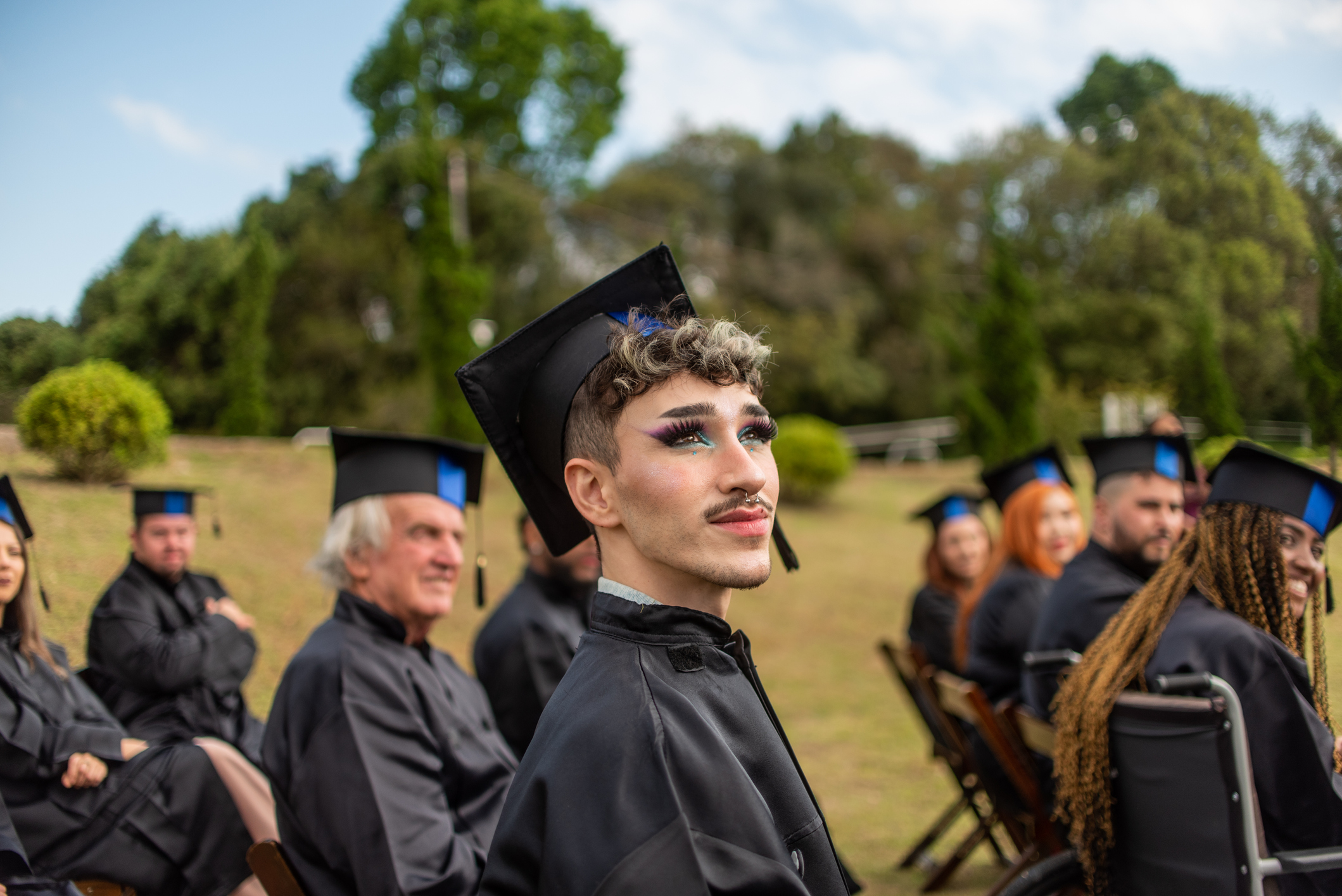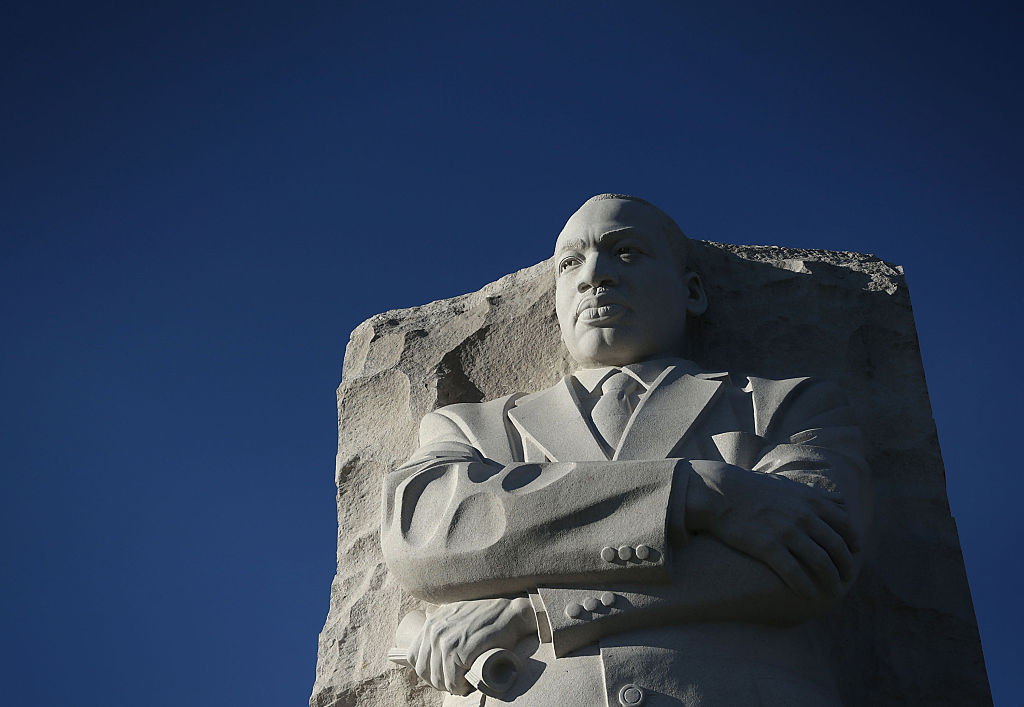Rising wokeness in medical schools is a problem for patients everywhere.
Campus Torn

The prospective student college tour as propaganda platform.
As a college professor, I have a reasonably good perspective on much of what happens inside higher education with respect to the Woke Revolution. I see what my colleagues are teaching, which speakers are being invited to come to campus (and, just as importantly, which ones are not invited), and a sizable amount of what administrators cook up in the way of indoctrination for the entire campus.
But I have had scant exposure to how colleges and universities advertise themselves to prospective students. I’ve fleetingly observed college tours being conducted on the campus where I’m employed, but until recently that was the extent of my knowledge of this important aspect of the projection of self-identity by the contemporary world of higher education to its prospective clients.
I have recently added a substantial amount of data to that previously largely empty file. I’ve been doing college tours of late with my oldest daughter, who is just beginning her high school senior year and will be enrolling in college next fall. What I’ve gathered gives a distressing portrait of the ever-increasing profile of Woke ideology on campuses.
Most of the schools we visited were in the Northeast. Some were in or near major cities, while others were at some remove from urban centers. All were comparatively selective institutions. These just happened to be the schools we were looking at given our location and my daughter’s interests. Doubtless, there is some variation in the middle of the country and at schools that are recruiting from different student demographics, but the sample gives some sense of what the institutions that train future cultural elites are doing to recruit them.
I’ll keep the schools anonymous, although some of the description may give away the game. I feel fairly certain that what I found is of considerable representativeness with respect to American higher education, especially in its upper tier.
The front-and-center nature of diversity/equity/inclusion in all the presentations we attended was a universal theme. On one large urban campus, for example, diversity was worked into nearly every substantive angle of student life. Our guide was a foreign student who told us that she applied to the school sight unseen. Indeed, she had never been in the United States before she was accepted and made the flight over to begin her first year. Her parents were concerned about her welfare in the big city, and properly so, as the city in which she now lives has an ongoing street violence rate that is alarming. She did not talk about whether her parents worried about the cultural transformation she might experience. One suspects though that if they have any commitment to their daughter remaining closely connected to her native culture, they will be in for a shock when she finishes her degree. She speaks already like a practiced multiculturalist, religiously committed to the idea that just having a bunch of people with different skin tones, accents, and cultural backgrounds on campus guarantees that intellectually excellent things will be happening there, independent of the actual intellectual talents of the diverse group assembled.
It was hard to discern from the presentation what of academic interest might be going on at her campus, so much was it centered on the glories of cultural diversity and the rich multicultural experiences to be had in the city. Do students read any of the classical canon of Western literature? Are they required to introduce themselves to the history of thought in the West, including the history of science? There was no mention of any of this.
At some other schools, there was more mention of academic programs, but on nearly every tour diversity was spotlighted. At a second campus, our guide—another energetic young woman—provided us with a few brief tidbits of the institution’s history. The piece of that history that involved the most emotional investment on the part of the young tour guide was the legacy of the campus with respect to the institution of slavery and the insufficient efforts by the school in recent years to whip itself into a frenzy of moral guilt over that history. The guide assured us that the school was now, finally, in the wake of the George Floyd Revolution of 2020, coming to terms with what would need to be done to adequately pay penance for this awful history. The biggest piece of it, you can likely guess, has to do with the enthusiastic work this school and most others in the country are doing in recent years to change admissions (e.g., move toward eliminating standardized testing as part of the process) in order that diverse populations who comparatively underperform academically can increase their representation on campus.
At another school, we were enthusiastically told—again, by a female tour guide, which seems to be the gender norm for the position—about how large the “historically disadvantaged” and diverse populations were in many fields, and especially in a few that have traditionally been the least diverse in terms of the race and sex of their members. Female engineering students on this campus, our guide joyously told us, outnumber male engineering students! By her tone, you might have thought she was telling us how undergraduates at the school had solved the problem of space travel at a speed faster than light.
I refrained from asking her if she was aware that, given the propensities of interest in engineering we see among men and women on average, the feat she had announced to us was possible here only because the school is prestigious, which means it can be selective along any parameters it chooses. Administrators had decided they wanted a lot of female engineering students, and they got them because virtually every female engineering student in the highest-performing echelon of all such students in the country is interested in applying to and attending a well-regarded school like this one.
Some number of the other high-ranking schools could doubtless do the same thing. But once you move beyond a certain small percentage of the total number of schools in the country, the female pool at the high end of engineering performance and interest will be exhausted. For any school below the elite to achieve “equity in engineering” would require an affirmative action engineering program that would inevitably involve passing over male students with higher credentials and interest, because the number of women who are both interested in engineering and who perform at the highest level in the relevant academic fields is considerably smaller than that of men similarly interested and talented.
None of this, of course, could be acknowledged on the tour. I suspect this school and others engaged in equity projects such as this one would be eager to keep any discussion of the particulars of its success, and its uniqueness given the reality of the field of prospective students in engineering, quiet.
Even at schools where the diversity mantra was not quite so front and center, the tour guides spent large amounts of the limited tour time on aspects of student experience that had nothing to do with academics. At another comparatively academically prestigious school, our guide expounded on the various meal options available to students. No matter how specialized the student’s diet—vegan, Halal, flexitarian, eco-friendly variants of Keto and Atkins—there are evidently mountains of options on this campus, we were reassured. A thoroughly inclusive dining experience was one of the central selling points of the tour.
What about feeding the students’ minds with a well-rounded diet of the Western intellectual tradition? Here, the cupboard of the tour was comparatively bare.
All in all, and although I am excited for the part of my daughter’s journey into adulthood that will be made up by four years in an institution of higher education, my take home from the tours was depressing. Here were prestigious American colleges and universities telling prospective students what is most important in those institutions, and the message, alas, is mostly about how much they are doing to dissolve the historical raison d’être of higher education, that is, the pursuit of truth, and replace it with the rising culture of identity, resentment, and victimization.
The American Mind presents a range of perspectives. Views are writers’ own and do not necessarily represent those of The Claremont Institute.
The American Mind is a publication of the Claremont Institute, a non-profit 501(c)(3) organization, dedicated to restoring the principles of the American Founding to their rightful, preeminent authority in our national life. Interested in supporting our work? Gifts to the Claremont Institute are tax-deductible.
Sokal Squared showed the West’s learned elite has succumbed to a corrupted creed.
Freedom of association is as essential to the university’s mission as freedom of speech.
The Biden administration is implementing backdoor loan forgiveness.
Let's keep paeans to racial violence out of it.
We have no choice but to build anew.






